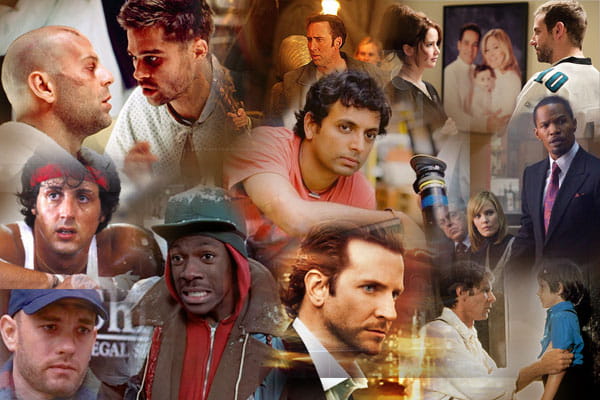Q&A with Allen Sabinson: The Cap on Pennsylvania's Film Tax Credit Program

DrexelNow checked in with Allen Sabinson, dean of the Antoinette Westphal College of Media Arts & Design with a background in the film and television industry, to find out more about the implications of this decision and the real story behind these film tax credits.
How much do programs like state and local tax credits play into where filmmakers decide to set their movies?
State and local film tax credits are a critical determinant in where film and television are produced. Unless a project is totally location specific, virtually every production strongly considers which tax deals will be most favorable, and they are a critical, if not the key determinant, in where productions end up being shot. This is as true for big budget films as for indie films as for television production.
What are the reverberations of this within the Philadelphia film community?
With a capped tax program like Pennsylvania’s, one with only a modest level of funding, production that might have come to Philadelphia ends up going elsewhere, even though our fair city can offer other tremendous amenities.
How much does this program allow the local film industry to grow and create opportunities for local students trying to get into the business?
A vibrant state and local tax program motivates new film and television production and hence new opportunities for employment in the business. Cities and states that become known as friendly to film and television production end up with year-round production activity which means regular and growing employment both for established production and film crews, as well as opportunities for recent college graduates with skills in these fields.
What are the far-reaching and long-term benefits of encouraging filmmakers to shoot in Philadelphia? (i.e. the Llanerch Diner is now a historic destination because of the success of ‘Silver Linings Playbook,’ the art museum steps are a tourist attraction after ‘Rocky,’ etc.)
One is increased tourism is generated by iconic movie locations and artifacts, like Philadelphia’s Rocky statue. Another is the development of deeper production crews capable of handling sophisticated productions, as opposed to having to import crews from more production friendly locations. And finally, there is the development of support industries, whether they're in post-production services, equipment rentals or craft services.
Drexel News is produced by
University Marketing and Communications.
